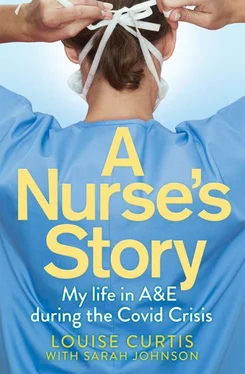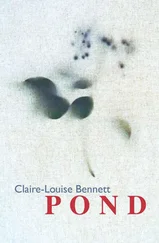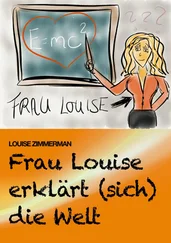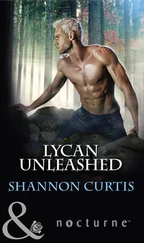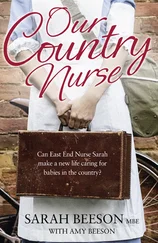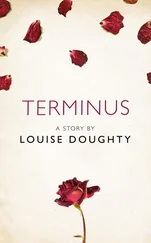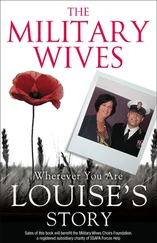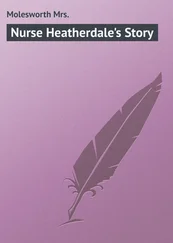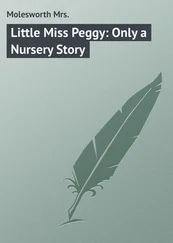‘I’ve shoved some safety pins up my penis,’ came the reply.
‘Oh yes? OK then, I’m just going to ask you some questions to enable me to know how to treat you.’
I followed up with a number of queries around when he’d done this and why. Did he have any other problems? Was he suffering from tummy pain, could he wee, did his urine look normal? Was it painful when he went to the toilet?
‘I did it as a form of release,’ he told me after answering everything else. ‘I’ve got a lot of emotional pain that haunts me and doing things like this sometimes help with taking it away.’
I ordered an X-ray of his pelvis, which confirmed that there were indeed three safety pins lodged inside his body and sent him straight up to be treated by Urology.
Some people do things like this for sexual pleasure. I’m not sure what pleasure is derived from it, as we didn’t cover that in my training, but I guess it’s some kind of fetish, or they get a thrill from experiencing pain. Shoving objects up the urethra can cause a lot of damage. First of all, there’s a lot of blood and if you were to put a camera up there, you’d see tearings in the wall. It can also cause infections and all sorts of structural problems.
I looked up my next patient and saw at the same time that the isolation units had been empty for at least an hour. That was the first time that had happened when I’d been on shift. Murmurs of ‘Oh, that’s good’ went round the department. Certainly the number of Covid-19 cases and deaths had drastically tailed off over the past month but I wasn’t sure if this was a true reflection of whether we were over the worst of it or whether there was more to come. One thing we all knew was that the pandemic had not ended, and it wasn’t long before the two isolation units we still had open were brimming with patients again.
I also saw one of our regulars for the third time that week, and the number of patients walking into A&E with complaints that could have been dealt with by the GP was rapidly increasing and approaching pre-lockdown levels. In the midst of lockdown, we’d have no more than ten people in minors but this had increased to thirty in there at the same time.
A lot of people omitted information when they were booked in at reception so I ended up seeing a man with ankle pain that had been going on for months. This was not an accident, or an emergency.
‘You need to go and see your GP,’ I told him, at which point he erupted in anger.
‘I can’t see my GP because they’re only doing appointments over the phone!’
I was reminded of a time when a man came in complaining that his antibiotics weren’t working.
‘How long have you been taking them?’ I asked.
‘I started them a few hours ago,’ he replied.
It was clear that the general public continued to think that we were over the worst of the pandemic. I could understand why; numbers of daily deaths were decreasing, restrictions were easing and perhaps it wasn’t realistic to expect people to live on high alert for months on end. The situation in A&E was well along the path to returning to the way it was before coronavirus hit.
It was Ed’s birthday and we celebrated it by going on another walk with the dogs to a local beauty spot. In the evening we ordered pizza and had some drinks down by the river. Luckily the weather was pleasant and we played a board game. Ed and I are big fans of board games. We have amassed more than twenty over the years and we’re always on the lookout for new ones.
We took a taxi that night and I was surprised when the driver told me not to bother putting on my face mask. He wasn’t wearing one. I decided to wear mine anyway. I couldn’t help feeling confused by how much the guidance had changed over the trajectory of the pandemic; previously people had dismissed face masks, now they were mandatory on public transport. It reminded me of the constantly changing PPE requirements at the beginning of the crisis.
Back at work and it was a bog-standard day in A&E – a couple of heart attacks and loads of recreational drug use. I guessed people had more time on their hands now that many were on furlough or had lost their jobs and so passed the day by dabbling in a whole range of mind-altering substances, including amphetamines, spice, cocaine, pain medication, cannabis and more. Some had come in by ambulance after a passer-by had seen them collapsed in a street or an alley, while others had brought themselves in because they were worried about chest pain or palpitations.
We can’t do much for people in situations like these. Unless someone has taken opiates, we don’t tend to prescribe an antidote because that can lead to more problems like seizures, so we monitor them until their high fades.
There is a database we use that tells us how long to monitor a patient and what kind of effects each drug has. Does it cause an irregular heartbeat or fits or can it lead to cardiac arrest? It lists what to prescribe in each situation in case of low blood pressure or a high heart rate. In particular cases, people may get a high temperature of 40 degrees which is really dangerous and so we put ice packs in their arm pits and groin. Sometimes the sedation effects of a drug can cause people to lose the ability to maintain their airway and then we have to intubate them. One person’s afternoon of fun can turn out to be hellish.
We get a lot of patients coming through the doors who take heroin. If they’ve taken too much, we give them a drug which reverses the effects of it. The patient will be conked out in front of you, you’ll give them the drug and within seconds they’ll sit bolt upright. I always take five steps back after I’ve administered it because people can go manic and start fighting you if you’re too close. Sometimes they’ll be angry and accuse me of ruining their trip.
I always struggle to understand people when they say what they’ve taken because I had a sheltered upbringing and the terminology and vocabulary is vast. There are so many different words for the various drugs and the amount that’s taken.
One man came in and said he’d taken blind squid.
‘I don’t know what that is,’ I replied.
‘Cat valium?’
‘Sorry?’
‘Super acid?’
‘What?’
‘Vitamin K?’
‘Huh?’
‘Ketamine?’
‘Ah, OK, why didn’t you say that in the first place? How much did you take?’
‘Fifty pounds’ worth.’
‘Is that a lot?’
I ask people to explain all the time and they’re very obliging and don’t mind. There’s also a website which lists loads of slang terms which is useful. Recently, when I asked how much they’d taken, patients would use the term ‘keys’ which completely baffled me. Did they put the drug on a key? How big was the key? How many grooves had it got? Or was ‘key’ some kind of slang for a volume or measurement?
Drugs can make people really aggressive and hyper alert or they can lead to someone being completely out of it. A lot of people tell me I’m beautiful which is lovely, until I realize it’s probably the drugs talking.
Next up was a woman who had come in complaining of chest pain. I performed an ECG which looked fine but I was still waiting for the results of her blood tests, one of which would indicate whether she had had a heart attack. She didn’t want to wait and so walked off while I was attending to someone else.
A while later her blood test came back and showed that she had indeed suffered a heart attack. I found her number on her patient records and called it. She answered.
‘Heyyyyyy, it’s Louise from A&E.’
‘Oh. Er, hi.’
‘How are you doing? Still got a bit of chest pain?’
‘Yes, actually. It does hurt a bit.’
‘Well, that makes sense, your blood test shows you’ve probably had a heart attack. Would you like to come back?’
Читать дальше
